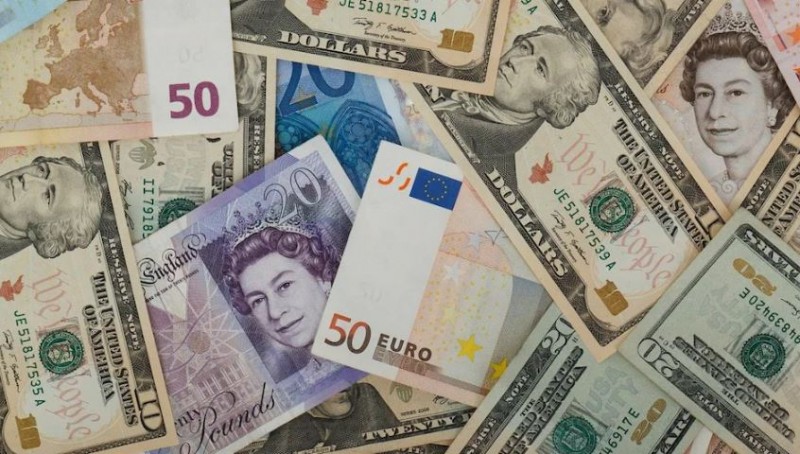
A solid run of economic statistics coming out of the US on Monday helped the dollar gain ground, and traders predict that the Federal Reserve will continue to tighten monetary policy longer than previously anticipated.
In Asian trade, the dollar strengthened slightly against the majority of the major currencies, causing the pound to fall to $1.2035 by 0.06%. The dollar was close to a two-month high against the Japanese yen at 134.11. After falling nearly 0.6% last week, the Australian dollar increased by 0.17% to $0.6890.
As the U.S. markets are closed on Monday in observance of Presidents' Day, trading is anticipated to be light. There is no greater expectation that the U.S. central bank will need to do more to control inflation and that interest rates will need to rise as a result of a slew of data coming out of the largest economy in the world in recent weeks that point to a still-tight labour market, sticky inflation, strong retail sales, and higher producer prices.
Given the recent run of economic data that supports the thesis of higher-for-longer interest rates, the dollar can track higher for the coming week, according to Carol Kong, a currency strategist at Common wealth Bank of Australia. The Fed funds rate is now predicted by the markets to reach a peak of just below 5.3% by July.
The U.S. dollar has been supported by Fed officials' pessimistic remarks, which suggested that raising interest rates would be necessary to successfully combat inflation. The market price for the peak ECB rate increased on Friday after two European Central Bank (ECB) members stated that the euro zone's interest rates still have some room to rise.
But, the euro didn't really benefit from it and fell 0.08% to $1.06855. Given the strength of the dollar, "the hawkish ECB statements aren't expected to strengthen euro," added Kong.
The U.S. dollar index, which has up about 2% so far this month and is on course to post its first monthly gain since last September, declined 0.05% to 103.93 elsewhere. With attention focused on the Reserve Bank of New Zealand's (RBNZ) interest rate decision on Wednesday, the kiwi dropped 0.07% to $0.6238.
With a half-point increase to the interest rate to reach 4.75%, the RBNZ is anticipated to only slightly ease off on its tightening drive. Because of the strong pace of inflation, economists at ANZ warned that raising interest rates further will be necessary in the future.
Asia's second-largest economy, China, maintained its benchmark lending rates for a sixth consecutive month in February, as anticipated, as it continues to show signs of recovery from a pandemic-related slowdown. The onshore yuan recently traded at 6.8657 per dollar, while the offshore yuan was last slightly lower at 6.8741.
Analysts at Maybank stated that they "continue to expect" the People's Bank of China to reduce the prime rates on 1- and 5-year loans by 20 basis points this year. "This will help frontload credit support to provide the early stages of economic recovery extra push."